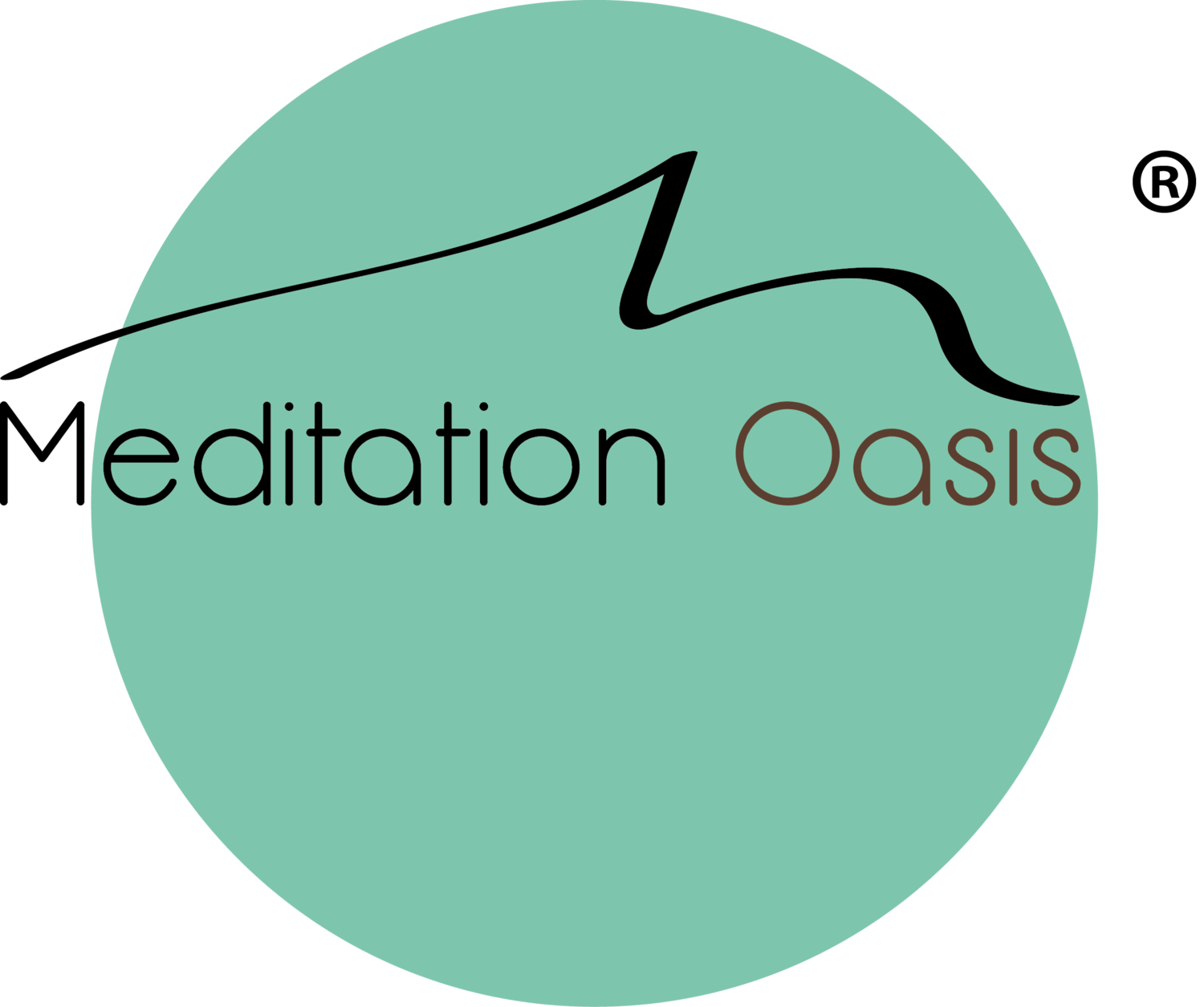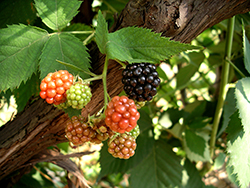I've heard from a number of people about how much they've enjoyed the Nature Attunement Meditation. After hearing the meditation, freelance writer Amanda Wegner interviewed me for an article she is writing. It's about how adults can examine their relationship with nature and reconnect with and better appreciate the great outdoors, whether it’s a national forest, city park or their own back yard.
I really enjoyed this interview and wanted to share it with you. You can read the interview below. (Excerpts from the interview will be published in the summer 2008 issue of Successful Living magazine.)
Amanda: What benefits does nature bring to our lives? Why is an appreciation (or, more basically, a recognition) of nature important?
Mary: We speak of nature as if it is something separate from ourselves. Your ask "what benefits does nature bring to our lives", and I often find myself saying "I love to be out in nature." It's interesting that we speak this way when we ourselves are part of nature. The same life force that moves the planets around the sun circulates our blood through our veins, and yet because of the way we experience ourselves as separate from each other and life, we lose touch with our essential nature. When we spend time outdoors and experience the sights, smells and sounds of the natural world, we are awakened to ourselves. Nature is like a mirror in which we see our own reflection and remember who we are. Spending time in nature attunes us to our own life force and rhythms. It helps us to feel more alive.
Amanda: Obviously, some people are much more in tune with nature than others. Do you think it’s important for people to examine their attitudes toward nature? How might one go about this? What questions should they ask of themselves?
Mary: It can be valuable for people to explore their relationship with nature, as well as their attitudes. As we become more intimate with nature, we become more intimate with ourselves. I feel that as we feel our connection with the earth more strongly, we naturally take better care of the earth. There's no difference between caring for the earth and caring for ourselves. It's all the same thing. We're not separate!
One way to explore ones feelings about nature is to spend time outdoors. See what happens when you are in a natural setting. Be aware of how you feel. Let yourself connect with things more than you have been. Listen carefully to the sounds, with you full attention. Notice the smells. Let yourself drink in the sights. Notice how these experiences affect you. You can also try bringing more of nature into your home. Have some plants and form a relationship with them. Find out what makes them happy and helps them to thrive.
As far as questions, you might ask yourself how important nature is to you, and why. Examine your habits about recycling, and if you garden, how you go about it. Do you recycle because it's "in"? Do you recycle out of guilt? Or do you find your actions motivated by a sense of love for this amazing planet we live on? Watch a bee nestling into a flower and see how you feel about that experience. Observe things closely, noticing how you feel, and ask yourself if it reminds you of how you feel in other parts of your life. You may start to notice that a bird's song is your own voice speaking its sorrows and joys.
The Nature Attunement Meditation is a great way for people to connect (or reconnect) to nature. For someone who uses meditation, what might be some other ways (if they don’t have an iPod handy) to meditate in nature?
Listen and observe carefully with your full attention. If you've been listening to the meditations in our podcasts or CDs, you can treat your experience in nature the same way you treat the experience in meditation. Let the sights and sounds of nature be the focus of your meditation. Don't strain on it, but if you find yourself getting "into your head" and caught up in your thoughts, gently bring your attention back to nature. Even though all sorts of thoughts and feelings may be going on, you can "favor" the experience of nature and notice how that makes you feel. As you observe nature, let go of the tendency to label and name things, simply experience them directly. You can close your eyes and listen to the sounds of the birds or a running brook. Anything can be a focus for your meditation.
For someone who isn’t “into” meditation, what other suggestions might you offer to even the most urban people to get out and enjoy their natural environment? How can people better “tune in” to their natural surroundings?
I've already spoken about ways to "tune in" to natural surroundings. Even in an urban environment, you can find something natural. There's always the sun to feel and the sky. Clouds are a great focus of meditation. Sit down on a patch of grass somewhere. Feel the grass and earth with your hands. You can also bring nature indoors. Create a natural sanctuary on a patio or balcony, or even inside your home. Plants, small trees are an easy way to start. Construct a fountain with stones you find. Listen to the water in the fountain. Visit the beach or a forest and bring some of it home with you. Grow some bulbs indoors. There is always a way to connect. And when all else fails, you always have your breath. Attending to the flow of your breath brings you in tune with the natural rhythms of life!
 A visit from a friend the other day brought an unexpected gift. One of the greatest things a friend can do is to help us to love and appreciate ourselves more, and that's exactly what my friend did when she visited my home. My friend, also named Mary, is a beautiful woman, beautiful inside and out. She is always beautifully dressed, her hair perfect, and you could drop into her home at any time to find a picture perfect, lovely and orderly environment. We share a love of nature, and I have always admired her meticulously cared for, orderly (and weedless) garden and yard.
Mary always makes me feel special and loved, yet despite this I felt a bit intimidated about having her visit me at my home for the first time. I am not a perfect housekeeper. My garden, as filled as it is with beautiful things, is never weed-free and certainly not symmetrical or planned with any sort of special arrangement in mind. You could say that these things, as well as how I dress, is "casual". As I ushered her along the patio to the door, she immediately remarked on how beautiful my yard is. I was really struck by this. While I was seeing the weeds that need to be pulled, plants that need to be replaced and spots where something needs to be planted, all she saw was the beauty of the flowers and shrubs. Her appreciation was genuine, and what I saw as a "deficiency" in my gardening, she saw as delightful. She was enjoying the casualness and spontaneity of it, which mirrors nature itself.
A visit from a friend the other day brought an unexpected gift. One of the greatest things a friend can do is to help us to love and appreciate ourselves more, and that's exactly what my friend did when she visited my home. My friend, also named Mary, is a beautiful woman, beautiful inside and out. She is always beautifully dressed, her hair perfect, and you could drop into her home at any time to find a picture perfect, lovely and orderly environment. We share a love of nature, and I have always admired her meticulously cared for, orderly (and weedless) garden and yard.
Mary always makes me feel special and loved, yet despite this I felt a bit intimidated about having her visit me at my home for the first time. I am not a perfect housekeeper. My garden, as filled as it is with beautiful things, is never weed-free and certainly not symmetrical or planned with any sort of special arrangement in mind. You could say that these things, as well as how I dress, is "casual". As I ushered her along the patio to the door, she immediately remarked on how beautiful my yard is. I was really struck by this. While I was seeing the weeds that need to be pulled, plants that need to be replaced and spots where something needs to be planted, all she saw was the beauty of the flowers and shrubs. Her appreciation was genuine, and what I saw as a "deficiency" in my gardening, she saw as delightful. She was enjoying the casualness and spontaneity of it, which mirrors nature itself.


 The
The